What can the wisdom of birds teach us about creating a life filled with joy, spontaneity, and song?
The latest research into bird intelligence leads to a fascinating conclusion: birds are thinkers. Not only are they capable of abstract thought, but they can also communicate with humans, solve problems, and experience complex emotions like grief.
In this post we explore remarkable insights from a variety of birds, through the voices of scientists, artists, seekers and bird lovers. You will also find helpful bird games that people of all age groups can enjoy and find enriching. And don’t miss the bird meditation as well as the wonderful forest gift at the very end.

Eat, Play, Nest: Wisdom of Birds
Lower your binoculars. See any bird or person in the full context of their being, feathers or skin. We all share the same air, same water, same earth, and same fate in the end.
~J. Drew Lanham
References for this blog post:
The Bird Way (2020) and The Genius of Birds (2016) by Jennifer Ackerman | Bird Meditation by Helen Macdonald, naturalist and author of H is for Hawk, and Vesper Flights | Bird Activities from Handbook of Bird educators by early-bird.in | Film by ND / healingforest
1. Bird Wisdom: Play is therapeutic
Ravens are highly playful birds. Birdwatchers around the world have seen them flying away with sticks, which they drop and then catch again. They also surf down pebbled river banks, and on roofs with loose tiles. Scientists struggle to explain such behavior. Play, after all, requires energy that could instead be used for growing or hunting. It’s also risky. If you’re surfing on pebbles down a river bank, you’re unlikely to spot predators like wolves or eagles.
In the late nineteenth century, the German philosopher Karl Groos wrote a book called The Play of Animals. In it, he argued that play allows animals to hone vital life skills like hunting and fighting. Though this assertion is yet to be proven, Groos’s theory is still popular among scientists.
There may be another explanation for why ravens play. Simply put: it’s pleasurable. When ravens play, their brains release dopamine – a chemical associated with sensations of pleasure. This suggests that, for them, play may well be a reward in itself. And that makes sense, considering the fact that ravens have been observed to forgo food if it means more playtime!
Activity: Bird Charades
Each participant picks a favourite bird or picks up a bird name from a bowl. They then come up one by one and enact the name without speaking, while others try to guess the name. Once guessed the bird name is appended to the participant’s name.
The advanced level of this game is done by trying to guess the bird just by enacting the mannerisms of the bird – the way it flies, eats, or moves on the ground.
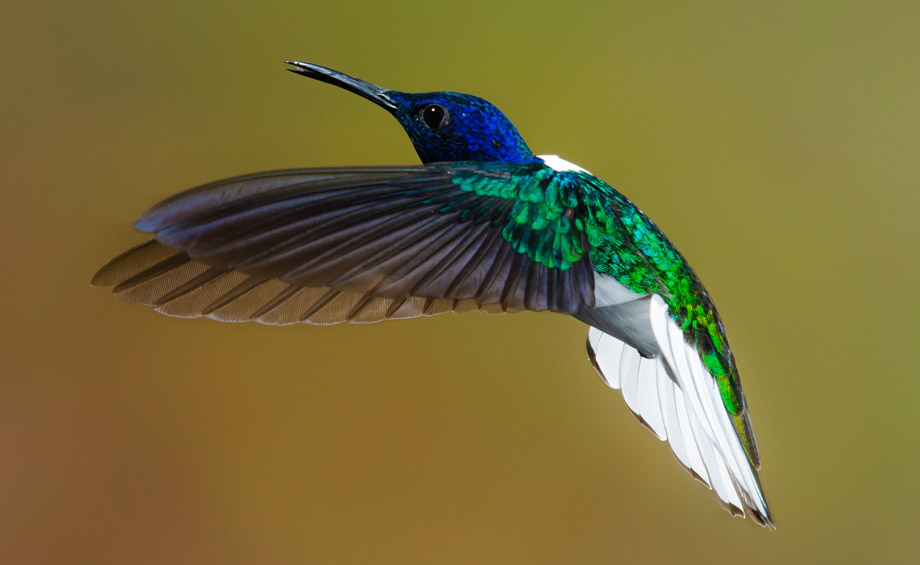
2. Bird Wisdom: Learn the songs of life
The way birds learn to sing is similar to the way people learn languages. Just like human babies, birds are highly receptive to any sound and have the capacity to learn and imitate what they hear. But as a bird is exposed to the songs of its own species, it focuses on them and the songs of other species fade away. Well, except for mockingbirds, that is. Mockingbirds rather impressively hold on to this receptivity, which means they can absorb more and more songs over the course of their lives, which they in turn imitate.
As humans, we often limit our hearing to our own species. And even within that, many people tend to focus on words and opinions that match their own beliefs. How can we learn to expand our listening to include those whose voices are different from ours? Perhaps the birds can help.
Bird Activity: An exercise in listening
Different species of birds make different kinds of sounds. The sounds also vary based on the situation and what the birds are communicating. Try this activity to get an idea of how varied vocalisation from a single bird species can be.
Pick a bird and follow it for as long as you can. Listen carefully to the kinds of sounds it makes.Try to represent the sounds in writing (e.g., ‘caw’ and ‘krrr’ are two crow sounds). Describe the situation in which the bird is making this sound (is there a predator around, is it preening itself, is it nesting season, etc ).
Write down a library of sounds made by that species (scientists called this a ‘repertoire’). Remember that males and females (if you can distinguish them) may have different repertoires. From your observations, are different sounds made in different situations? What could they mean?
Why do birds sing most at dawn? It happens universally, but even after thousands of years of witnessing this phenomenon we don’t know why. We cannot ask other species to explain themselves, since it is not language we share with the birds. It is music. Music does not exist to be decoded. We and the birds exist to make it. Make it together and the whole world feels its power, its joy.
~ David Rothenberg, Musician and philosopher
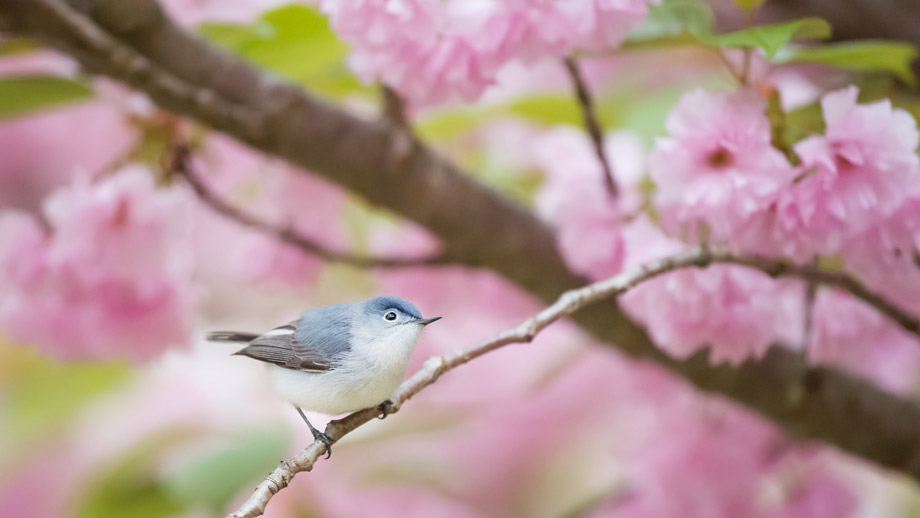
3. Bird Wisdom: Add a little art to life
A 1995 study on pigeons, conducted by Shigeru Watanabe, found that the birds could pick out a Monet and a Picasso from a group of similar paintings.
If someone told you that birds are capable of making art, you’d probably laugh. But some male birds actually do create beautiful displays to attract mates. For instance, while all birds make nests, some of them make far more elaborate structures. Just take the satin bowerbird, which, rather than merely building a nest, makes a bower. He begins by building walls with twigs of the appropriate size, placed in the correct places. Then he decorates the newly constructed walls with a variety of objects and flowers.
A female, when she arrives, examines the male’s bower and, if she’s interested, sticks around while the male dances to win her affection. This is a high-stakes situation because most males fail and only a small number of them mate with many different females. As a result, only the most impressive bower will do.
Bird Activity: Design a Nest
The nests of birds are vital to their persistence. Yet bird nests are sometimes directly targeted by people (e.g. through hunting) or are indirectly destroyed when tree branches are cut or entire trees brought down. This activity involves trying to build a bird nest on your own. You can start by noticing different kinds of nests, and begin to appreciate the hard work involved in nest building.
Collect natural materials like grass, twigs, and leaves that you think birds use to build nests. Then, using these materials in any way you choose, construct nests that could hold eggs. The resultant nests should be strong and intact. You can test it out by putting some pebbles in it.
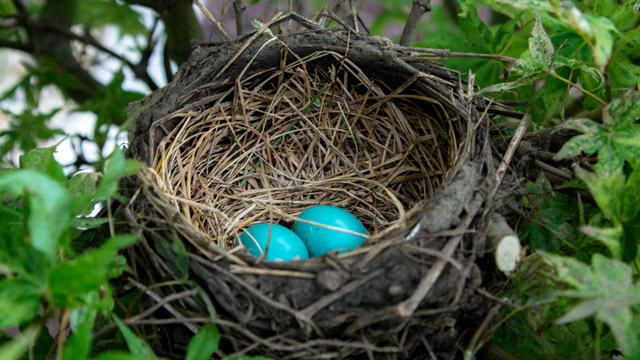
4. Bird Wisdom: Wisdom grows when you work in groups
Lots of birds use found objects in a variety of useful ways. For instance, burrowing owls scatter dung around their nests to attract tasty dung beetles, while African gray parrots use sticks to scratch their backs. And if it wasn’t impressive enough that some birds use tools, the New Caledonian crow actually makes them. This species of crow trims the branches off twigs to make long, straight sticks that they use to access hard-to-reach places. They even make hooked tools to catch insect larvae. This is a big deal because humans are the only other species that makes hooked tools; even chimps don’t make such sophisticated implements. But their greatest intelligence comes from social interactions.
Birds have social intelligence showing signs of empathy. For example, geese often fly in v-shaped formations which helps the younger and weaker members of the flock in flight. Rooks console each other after a fight with what strongly resembles kissing. And western scrub jays often flock to the place where their group members die.
So, birds are socially aware as well as smart, and social interaction might actually be the reason for their intelligence. After all, living in and maintaining a society requires intelligence and effort, as a brief glance at our own social problems makes clear. Some scientists think that social interactions are a primary reason for intelligence among animals – birds included.
Activity: Bird Orchestra
The group is divided into 4 or 5 teams. Each team thinks of the call of a bird that they are able to sing themselves. One of the participants acts as the conductor of the orchestra. When the conductor points at a team, that team sings the bird call that they had chosen. The conductor can designate both start and stop gestures, and by gesturing at different groups in turn, can create a ‘symphony’ of bird songs. Participants take it in turn to act as the conductor.
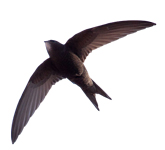
5. Bird Wisdom: Every bird holds a message.
The beauty of the human mind lies in our ability to learn through observation. Mediation is the practice of fixing our attention on something that can help us grow our awareness and understanding of life.
Here is a beautiful meditative insight by Helen Macdonald on the vesper flight of swifts.
Swifts mate on the wing. And while young martins and swallows return to their nests after their first flights, young swifts do not. As soon as they tip themselves free of the nest hole, they start flying, and they will not stop flying for two or three years, bathing in rain, feeding on airborne insects, winnowing fast and low to scoop fat mouthfuls of water from lakes and rivers.
Swifts have, of late, become my fable of community, teaching us about how to make right decisions in the face of oncoming bad weather. They aren’t always cresting the atmospheric boundary layer at dizzying heights; most of the time they are living below it in thick and complicated air. That’s where they feed and mate and bathe and drink and are. But to find out about the important things that will affect their lives, they must go higher to survey the wider scene, and there communicate with others about the larger forces impinging on their realm.
Not all of us need to make that climb, just as many swifts eschew their vesper flights because they are occupied with eggs and young — but surely some of us are required, by dint of flourishing life and the well-being of us all, to look clearly at the things that are so easily obscured by the everyday. To take time to see the things we need to set our courses toward or against; the things we need to think about to know what we should do next. To trust in careful observation and expertise, in its sharing for the common good.
When I read the news and grieve, my mind has more than once turned to vesper flights, to the strength and purpose that can arise from the collaboration of numberless frail and multitudinous souls. If only we could have seen the clouds that sat like dark rubble on our own horizon for what they were; if only we could have worked together to communicate the urgency of what they would become.
(Source)
Activity: Bird Meditation
Which is your favourite bird? What life lesson have you learnt from them? Add your thoughts in the comments section, so that individual learning can turn into a collective one.
6. Bird Wisdom: Don’t forget to dance
To experience the power of dance try the our JOY WALK – a unique experience filled with fun activities that show you how to tap nature and movement to make the invisible, visible.
Don’t forget to join our free monthly mailer. Get uplifting new ideas that help you and your loved ones grow in life.
A Forest Gift
The wonderful folks at early-bird.in have just released a free handbook for bird enthusiasts and educators. It is a curation of multiple ideas, activities, projects, games and overall best practices that can be carried out by one or few educators, over short durations of time, and at little or no cost. It has been conceived especially for those who feel limited by their lack of knowledge, or do not know where to begin in connecting children with nature and the endlessly fascinating world of birds. You can download a pdf version of the book at this link.
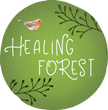
Healing Forest is a volunteer driven project that aims to bring people and forests closer to each other through creativity and mindfulness. Our aim is simple. Helping people heal. Helping forests heal.
Request: Please share this post so it reaches those who might find it helpful.

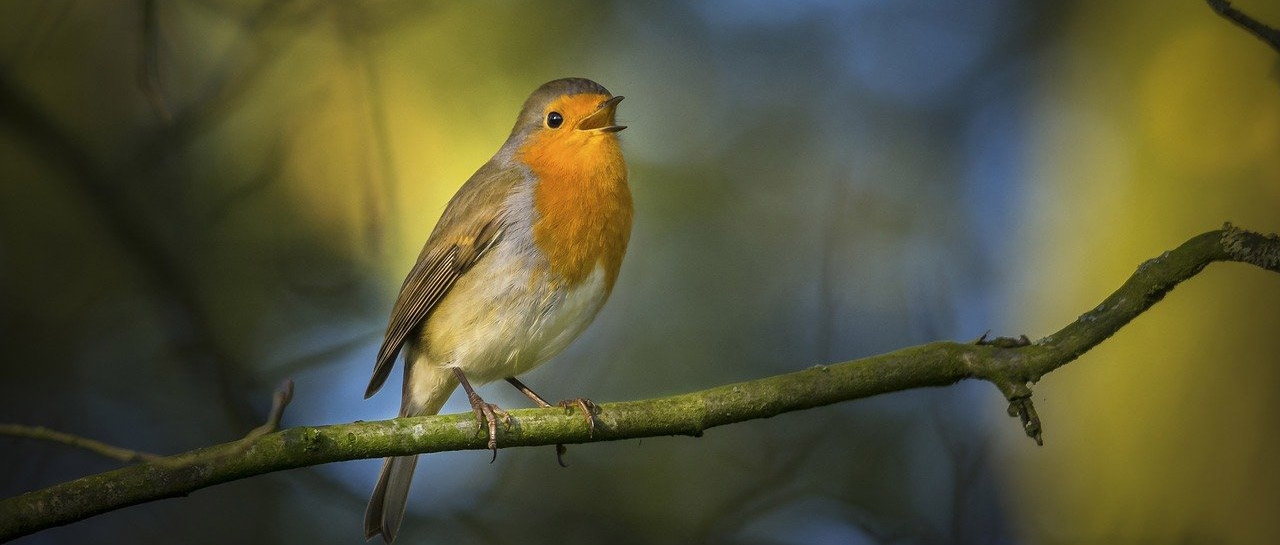
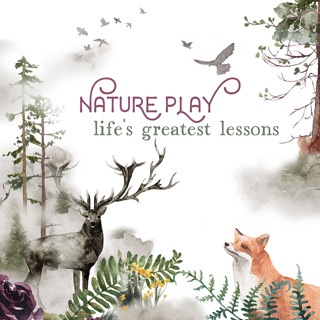
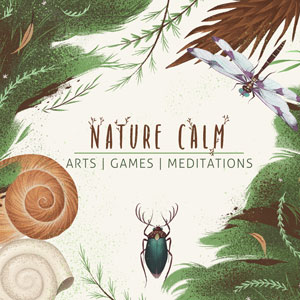

Everything around us seems more meaningful once We become involved with Everything we do and everywhere We are❤
LikeLike
Thank you, this was truly a beautiful journey with the birds
LikeLike